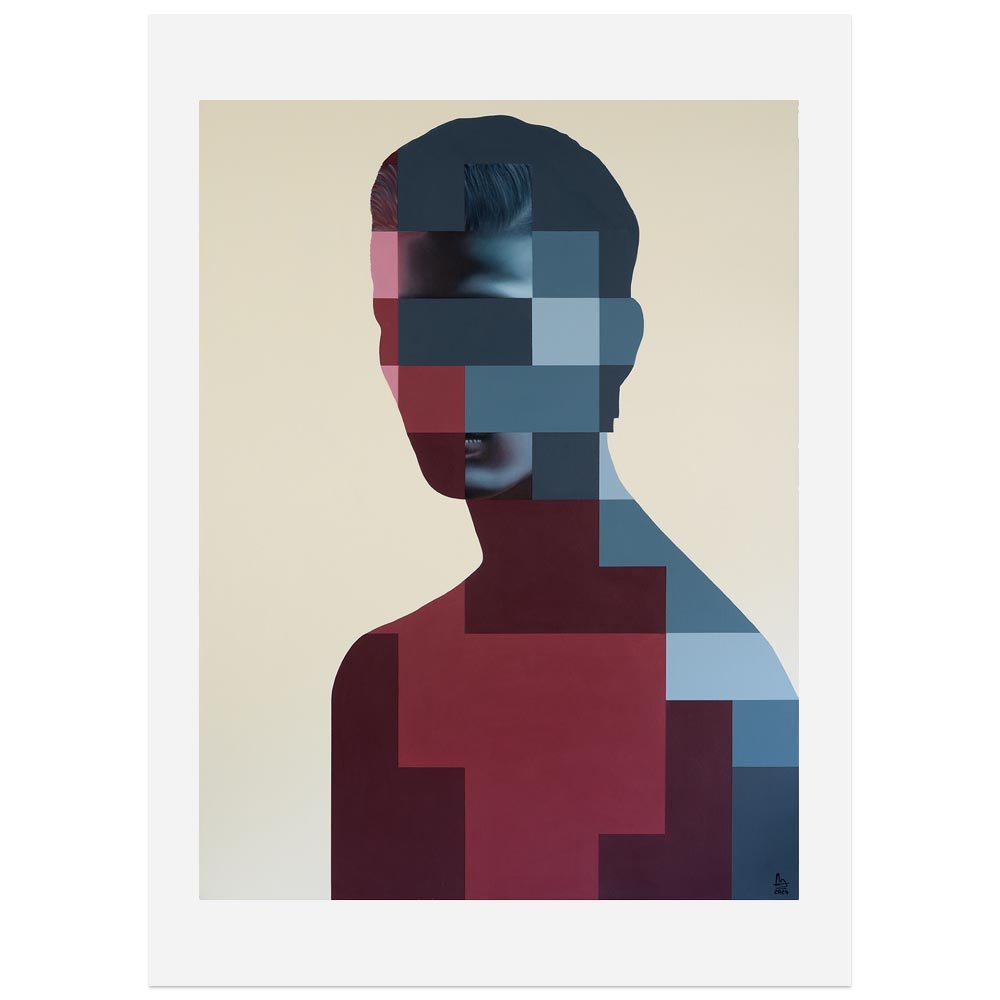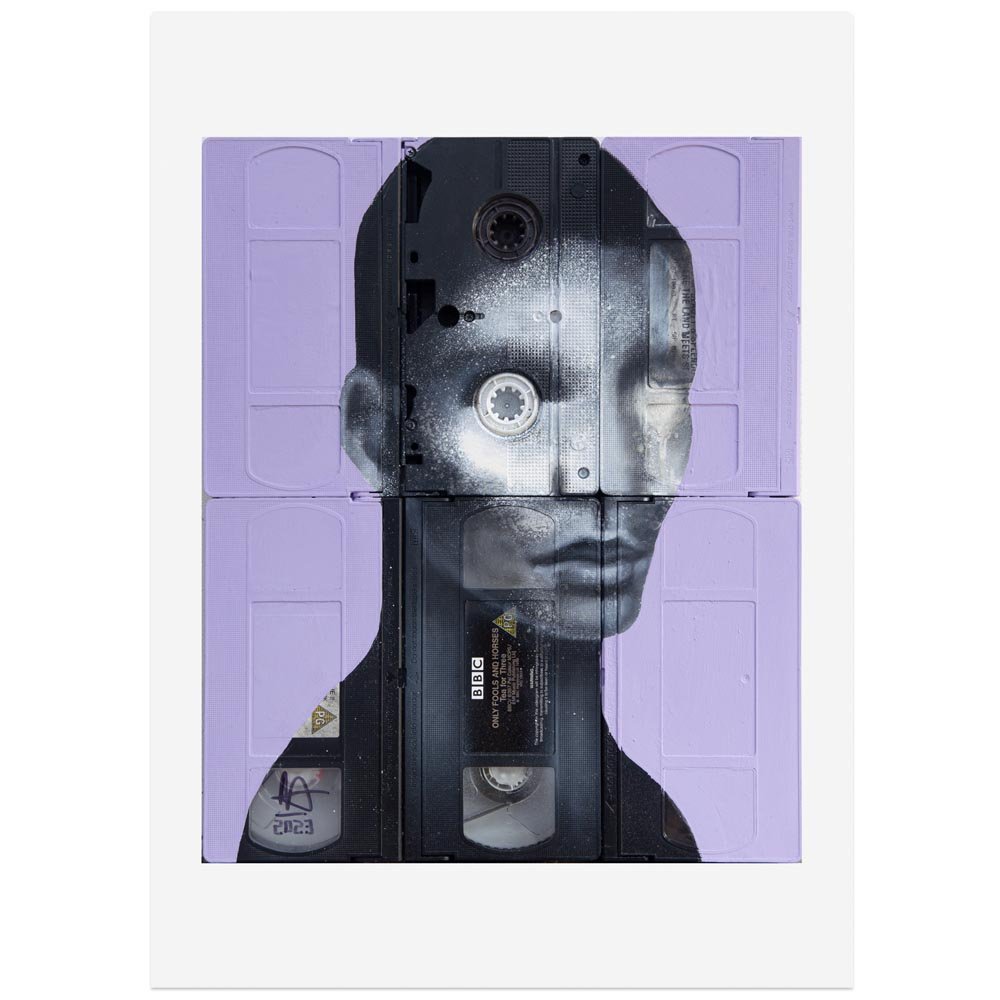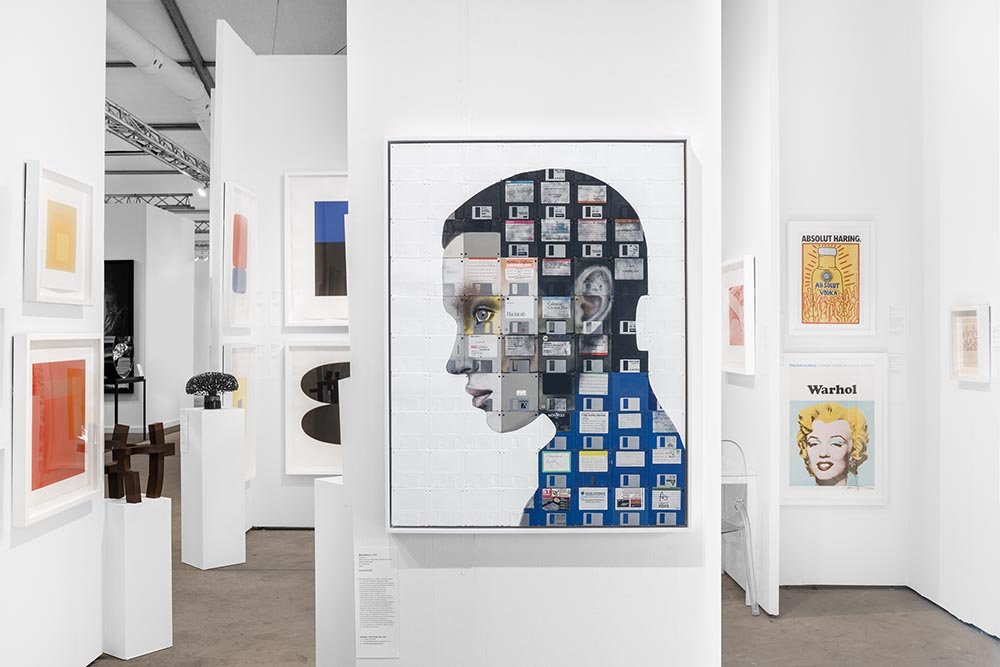The Assembly
Group show
Opera Gallery, Hong Kong
2016
Opera Gallery Hong Kong is delighted to present “The Assembly: Cumulative Practices in Contemporary Art” for our Autumn exhibition
The exhibition presents the works of a mixed selection of exciting contemporary artists from Korea, the United Kingdom, the United States, China and Europe who use materials that aren’t usually considered as art mediums. With fresh approaches and innovative techniques, we witness the ‘every day’ transform into the spectacular.
Our interest in artists who work with common materials grew from our desire to be involved in the artistic process from inception to completion. An attraction to the transformative action of the artist gives us great insight into, not just finished works of art, but the method and process involved in their making.
Rooted in ‘new artistic practices’ from the 1960s and 1970s, these contemporary accumulation artists add to this tradition by looking back to a history of art practice that elevates various materials from having a functional value to an aesthetic value.
Transformative selection
All of the artists selected follow a process of accumulation that begins with a similar narrative: selecting a material or an object, the original purpose for which is not artistic; collecting and amassing the material, often by the thousands; then, by repetition, assembling an artwork that changes the original intention of the object.
The magic that lies behind this systematic process is the search for new perceptions and realities, ultimately providing a transformative experience for all involved.
Connected Histories
What connects these disparate artists is a perseverance in rethinking, remaking, appropriating and reassembling in order to bridge our experience between past and present. Sometimes the most mundane materials can become the most spectacular through re-contextualising and thus reinvigorating.
What connects us to this work is our part in the process: as collectors, lovers and owners of art we are accumulators too, adding to the final chapter in the narrative of accumulation art.
Article by Gilles Dyan Founder & Chairman Opera Gallery Group and Victoria Scott Director Opera Gallery Hong Kong
Accumulation
The word has different connotations for different people. Perhaps it is the element of accumulating experiences through one’s life, forging what and who we are or will be.
The cumulative moments of anger, bliss, courage and despair will, whether we like it or not, become the building blocks of our psyche and define how we think and act.
Collections of concepts
Maybe it is the accumulation of time spent on a project, or even an idea. A collection of thoughts and concepts: a process of amassing ‘things’, of moving back and forth between you and yourself, or between you and others that contribute to the complexity of our lives.
While there is a raw power to spontaneity and improvisation, the duration of time, as experiences and thoughts slowly compile, provides a space for concepts to grow and morph from the singular to the collective.
This cumulative process of time and labour can help us reflect upon our own lives as well as upon the worlds we live in with multiplicity, especially when viewed through the lens of accumulation in art.
Mosaic of Time
Accumulation in art is by no means new. The oldest version is undoubtedly the mosaic. Made of numerous small pieces of coloured stone or glass, one such mosaic, found in Mesopotamia (modern day Iraq), was created nearly 5000 years ago. However, it is unlikely that they deliver a similar message to the accumulation art on display here at Opera Gallery Hong Kong.
The pieces exhibited reflect upon current questions of ‘Accumulation’, touching on topics such as the environment, society, politics and popular culture, through the cumulative act of collection and re-organisation.
Many of the works on display in this exhibition point to modern society’s collective guilt and outright obsession with the accumulation of anything and everything. Must we have it all? Must we constantly collect? What defines the best and must we have it, too? Must we own, collect and colonise our surroundings and our world?
Past Lives
The artists on display attempt to moderate or control this commercialised world, by directly targeting capitalist consumption and its resultant waste through the artistic process of amassing or gathering objects that had an entirely different past life. Common materials are transformed, given new identities and fresh meaning.
A significant part of what we purchase is either used once or ultimately becomes useless. The artists in ‘The Assembly: Cumulative Practices in Contemporary Art’ challenge us to question the expected function of particular materials and objects.
David Mach
One such artist who addresses these concerns directly is David Mach. Mach’s stunning pieces, entirely made of thousands of matches, transform a disposable, utilitarian object, through repeated 45 The Assembly Cumulative practices in Contemporary Art use, into something majestic and current.
Joe Black
Similarly, Joe Black’s skull made of 10,000 candles shows that the multiple of an object adds up to a collective impact. Contrasting the warmth and splendour of the coloured candle, with the fragility of life by using actual melted candles repeated over and over transforms the everyday into beauty as bright, brilliant moments cumulating in a fiery demise. Fleeting moments provide temporary reflection but have we lost sight of our sense of permanence, of longevity of commitment?
Federico Uribe
While some pieces convey the idea of accumulation through the most fleeting materials, others make use of lasting, heavy and highly reusable resources such as Federico Uribe’s ‘The Eye of Knowledge’, a mandala-esque creation made of books. Each re-presentation of a publication provides a new reading for the history of knowledge. Presented out of their original context, the books challenge us to re-evaluate our own place in history providing, at times, an uncomfortable platform to challenge our known world.
Seo Young-Deok
Seo’s sense of uncertainty surfaces again in his exquisitely unnerving ‘Anguish 24’. Made up of thousands of iron chain links, a faceless human on their knees becomes a symbol for social anxiety in a fragmented world. Meticulously welded metal chains, link, piece by piece, a story of contrasts: metal’s brute strength versus human vulnerability.
The closer we look into the pieces exhibited, both physically and metaphorically, the more we are pressed against a mirror, made up of thousands of smaller mirrors, reflecting our soul, made up of thousands of smaller souls.
Fleeting Memories
The plethora of different messages conveyed by accumulation in art can be seen in each of the works on display; from the bits and pieces that mould into larger groups of things to eventually create a single whole, to the fleeting memories; from a method created many millennia ago, initially as a means to embellish the ground, to a reminder of the ultra-capitalist, super-consumer, money-hungry, commercially fetishist world we call home.
Participating artists
Joe Black, Bahk Seon-Ghi, Federico Uribe, Kim Dong Yoo, Kim Ilhwa, David Mach, Seo Young-Deok, Suh Jeong Min, Chris Wood, Zhuang Hong-Yi, Nick Gentry and Michael Mapes



























